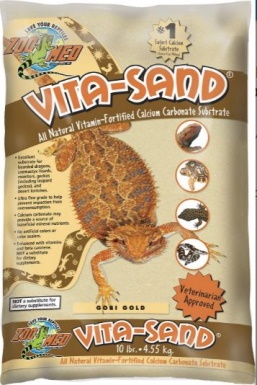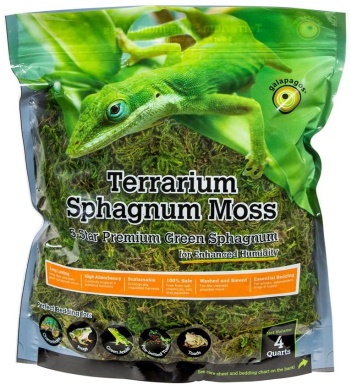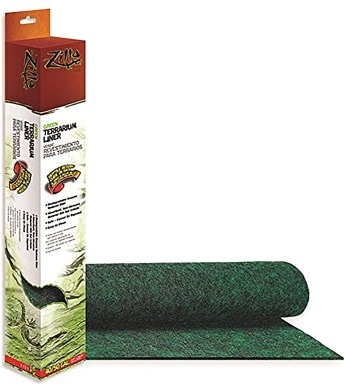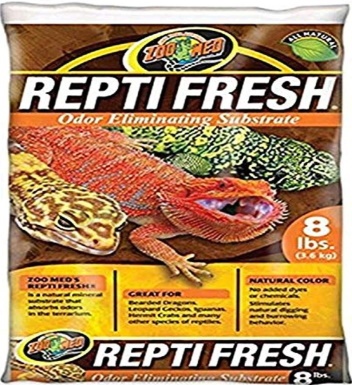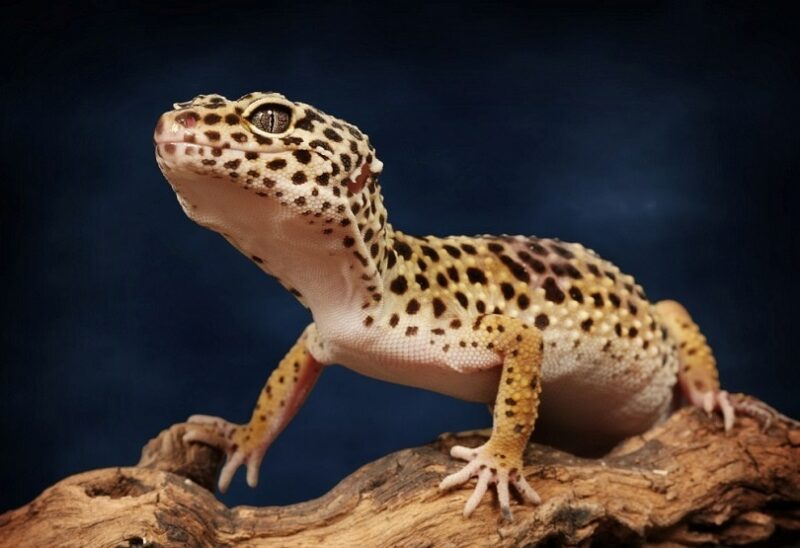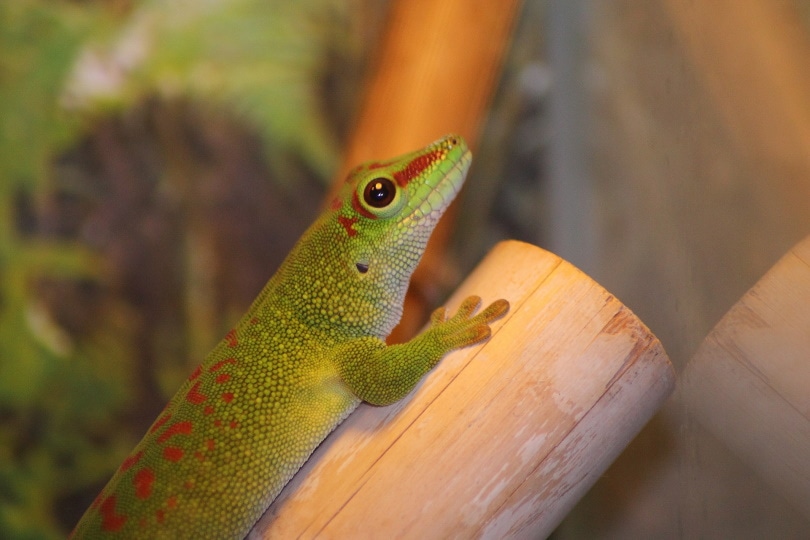Paper towels are considered suitable for juveniles and are perhaps your cleanest and simplest bet for Geckos up to 1 year old. However, for adult Leopard Geckos, there is a much wider range of substrates to choose from.
Substrate carpet can be rough, pre-packaged bedding might be ingested when eating, and slate rocks require a degree of substrate building and construction to set them up perfectly. Sand generates the most debate. In the wild, Leopard Geckos would live in semi-arid deserts, where sand would be the obvious substrate, but opponents of sand say that it carries a high degree of risk of impaction when a Gecko accidentally ingests it. However, most experts say that this is highly unlikely with a healthy adult.
Safety should be your main concern when choosing a Leopard Gecko substrate, but you will also want to consider budget, ease of installation, and how easy the substrate is to clean or change. To help you choose the best Leopard Gecko substrate for your terrarium, here are reviews of five of the best.
A Quick Comparison of Our Favorites in 2024
| Image | Product | Details | ||
|---|---|---|---|---|
| Best Overall |
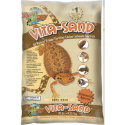
|
Zoo Med Vita-Sand Calcium Carbonate Substrate |
|
Check Price |
| Best Value |
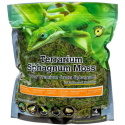
|
Galápagos 05213 Terrarium Sphagnum Moss |
|
Check Price |
| Premium Choice |
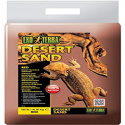
|
Exo Terra Desert Sand |
|
Check Price |

|
Zilla Reptile Terrarium Bedding Substrate |
|
Check Price | |

|
Zoo Med ReptiFresh Odor Eliminating Substrate |
|
Check Price |
The 5 Best Leopard Gecko Substrates
1. Zoo Med Vita-Sand Calcium Carbonate Substrate — Best Overall
The reason that some people refuse to give their Leopard Gecko sand is because of impaction. This is caused when the lizard ingests sand, typically while eating food from the substrate, and the large pieces get stuck in its bowels. This makes it difficult for the Gecko to be able to empty its bowels and can prove fatal.
Impaction is usually exacerbated with coarse sand. The larger pieces are more difficult for the Gecko to pass.
This Zoo Med Vita-Sand Calcium Carbonate Substrate is sand, but the manufacturers state that it has an ultra-fine texture that will prevent impaction. It has also been fortified with vitamins and minerals to offer health benefits if your Gecko does ingest it.
The ultra-fine formulation of the sand may prevent impaction, but it causes dust that can stain the tank and its contents, and the sand has quite a strong smell.
2. Galápagos 05213 Terrarium Sphagnum Moss — Best Value
Galapagos 05213 Terrarium Sphagnum Moss is a long-fiber and leafy green moss. It is highly absorbent, so it helps control humidity levels in the terrarium. It is made from sustainable moss sources, which means that your Leopard Gecko’s comfort doesn’t have to negatively impact the environment. It has also been washed and sieved before packing, ensuring that it is clean and safe for use in your terrarium.
The Terrarium Sphagnum Moss is cheap, although you may need a couple of bags to fully cover a tank floor. But its decent quality, safety, and low price make it one of the best Leopard Gecko substrates for the money. However, it is a bright green color, and when in the humid environment of a Gecko terrarium, it can bleach items green, including your Gecko.
3. Exo Terra Desert Sand — Premium Choice
The Exo Terra Desert Sand is natural, real desert sand. It has been sifted to remove impurities and ensure that it has a uniform grain size. It is considered ultra-fine, so it should not pose an impacting danger to your Leopard Gecko.
Despite the debate, sand can be a good choice for lizards that like to dig. Leopard Geckos dig to get out of the heat, escape from predators, and look for food. While your Gecko shouldn’t have any predators, it may choose to dig into the sand if it feels threatened or scared in any way. It may also enjoy digging down into a cool spot, and some Geckos simply like to dig seemingly for the pleasure of it.
This sand is expensive because it is refined desert sand, and as is often the case with really fine sand substrates, it is quite dusty. If your Gecko does enjoy digging and wriggling, it could cause a bit of a dust cloud to form in the tank.
4. Zilla Reptile Terrarium Bedding Substrate
A substrate liner is a roll of material that you unravel and place on the bottom of the tank. It is easy to clean, typically only requiring that you remove it and run cold water through it. There is no debate over impaction safety because it is fixed to the roll and cannot be ingested. It is also quite cheap for a roll and can be cut down to size to match the dimensions of any tank or terrarium.
Some owners do not like liners because they don’t look as good as sand or other natural substrates and can encourage odor because urine and other smells get into the substrate and don’t shift on their own.
An issue with some substrate liners is that they can be rough and may irritate a lizard’s skin, especially around its belly, but the Zilla Reptile Terrarium Bedding Substrate does not irritate its inhabitants and comes in a good selection of sizes. However, the fact that it comes in a roll means that the substrate will not sit flat when you first put it in, and live food can get under the liner. Also, since the Leopard Gecko has claws rather than the sticky pads of other Geckos, they might get caught in the carpet.
5. Zoo Med ReptiFresh Odor Eliminating Substrate
Zoo Med ReptiFresh Odor Eliminating Substrate is sand that attempts to combat one of the problems associated with owning lizards and choosing the right substrate: odor control. Their feces can smell bad and have a strong odor. This odor eliminator substrate can be used alone or mixed with sand or another substrate before being added to the terrarium floor.
It will collect urine and eliminate the smell of your Gecko’s urine and feces. It means you can skim clean the tank every day and only have to change the whole substrate every few cleans. It is expensive compared to other substrates, though, and it is quite granular, so you will need to keep an eye on your Geckos to make sure they don’t eat much of it. If it is suitable for your little Geckos, it is a beneficial addition to tank maintenance.
Buyer’s Guide
Substrate is the material that is placed on the bottom of your Leopard Gecko’s terrarium. It is used as bedding and flooring, and besides walking across it, your leopard might try digging down into it. To ensure that your little one is safe and comfortable, you need to choose the right substrate. It should be safe if eaten, should not cause injury when your Gecko walks across or lies on it, and shouldn’t give off any noxious dust.
It should also be relatively easy to clean; otherwise, you will have to throw it all out every couple of days to replace it with new substrate. Finally, cost also matters. The best substrate will enable you to pick up solid matter, which means that you can go longer between full changes. Some substrates, like line mats, can be reused after being taken out and washed.
Types of Substrate
Here are the main types of substrate that you can buy for your Leopard Gecko.
Paper Towels
Paper towels don’t look great, but they are designed to soak up liquids and do a good job of gathering solid and liquid mess. They are also inexpensive, simple to replace, and easy to get ahold of, even if the pet shop is closed.
However, they don’t look great, and they can quickly absorb liquid and may need replacing often. If you do leave paper towels in the terrarium for too long, they can become a smelly, dirty mush.
You have to be especially careful when choosing a substrate for juveniles. They are more likely to eat anything they see and will probably make more of a mess. For that reason, paper towels are often considered to be the best option for very young Leopard Geckos. By the time they become mature, you can look at alternative substrates.
Sand

The biggest debate over Leopard Gecko substrate comes when considering sand, and there are two distinct sides to the argument.
Proponents of sand say that it is a natural substrate. It allows for digging and offers both thermal and moisture control within the tank. It is also relatively inexpensive and readily available.
However, opponents point to impaction. This occurs when your Leopard Gecko ingests something alien to its diet and causes a blockage. In the case of some sands, this is a major problem because the sand gathers in the bowels and then solidifies, completely preventing the passing of feces. It can also cause other problems and may even lead to limb loss.
To avoid the danger of impaction, manufacturers usually offer ultra-fine sand. This may be less likely to cause impaction, but it usually has the side effect of being very dusty. If your Gecko chooses to try digging in it, it can cause a major dust storm within the terrarium.
Substrate Liner
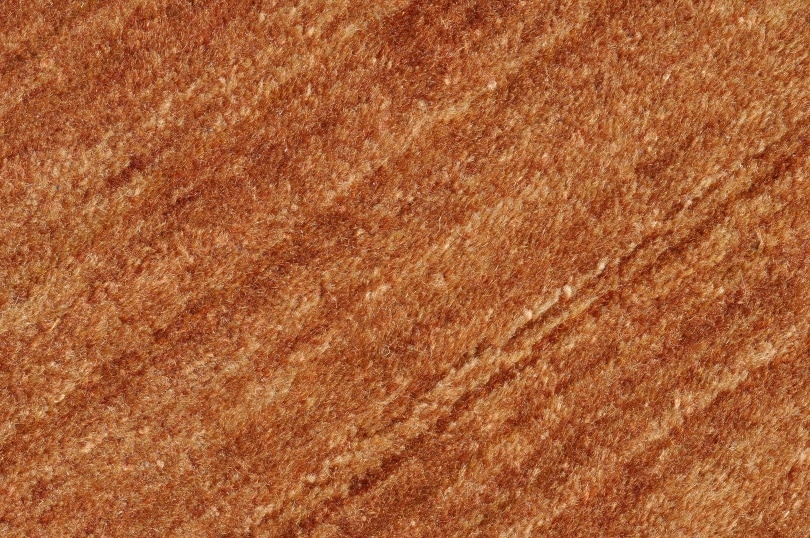
Substrate liners are rolls of carpet or vinyl designed to line the bottom of a tank. They can be combined with other forms of substrate but are usually used alone. They don’t look natural, unfortunately, and some substrate liners have been known to cause discomfort for residents because they are scratchy and irritable. If you do choose a liner, try to make sure that it is soft, therefore minimizing this risk of discomfort.
Liners are convenient, however. You unroll them and cut them to the required size before placing them on the bottom of the tank. When they are wet or dirty, you can take them out and clean them, let them dry, and then put the liner back in the cage. A liner is usually inexpensive, but it can be difficult to convince it to flatten out at the bottom of the tank.
Moss
Sphagnum moss is a natural moss that is particularly good at holding moisture, which means that it is good for humidity control within a terrarium. It is antimicrobial and cheap, and it does hold moisture well. It needs washing, though, and you should make sure that you choose a brand that cleans it before selling it. Also, be aware that some mosses can turn the tank contents green. Sphagnum moss should be cleaned using a non-toxic soap and replaced every two weeks.
Conclusion
You want the best for your Leopard Gecko, and this means that besides feeding them regularly and healthily, you should also provide the best possible living conditions. The terrarium needs to be the right size, to be kept at the proper humidity and temperature, and to have the right living conditions.
Choosing the right substrate is a part of ensuring that your Leopard Gecko is comfortable and safe. Paper towels are the best option for young and juvenile Leopard Geckos. Our list includes reviews of five of the best substrates for Geckos aged 12 months and over.
The Zoo Med Vita-Sand Calcium Carbonate Substrate is reasonably priced and does a good job of staying clean, but you will need to make sure your Gecko doesn’t ingest too much of it. The Galapagos Terrarium Sphagnum Moss is cheap and of good quality, making it the best substrate for the money.
Hopefully, using our reviews and guide to substrate types, you can find the product that best matches your needs and those of your Leopard Gecko.
Featured Image Credit: Zilla, Amazon





